Today I gave a talk for colleagues at Otis College of Art and Design about my experiences teaching last semester. Here it is…
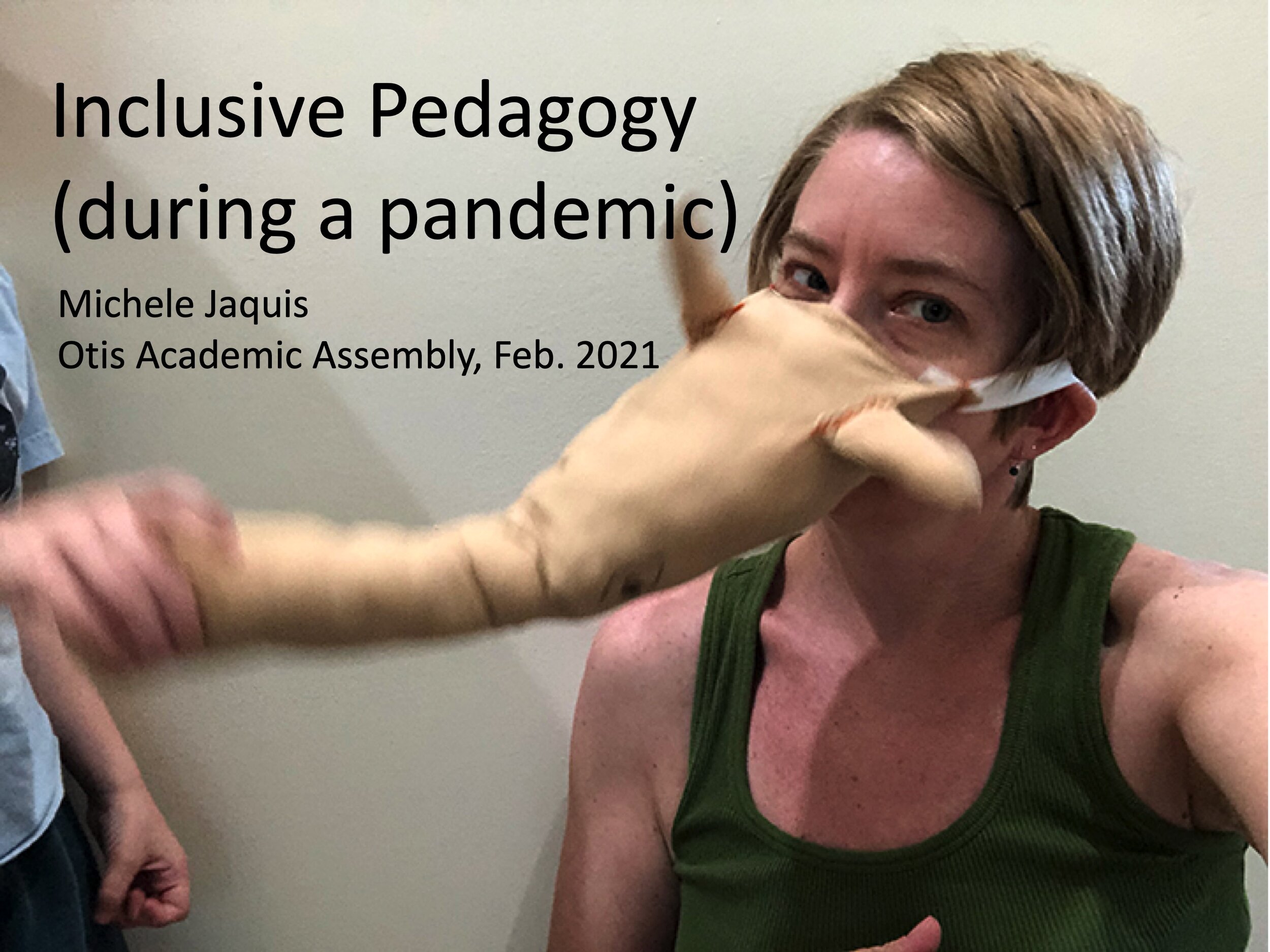
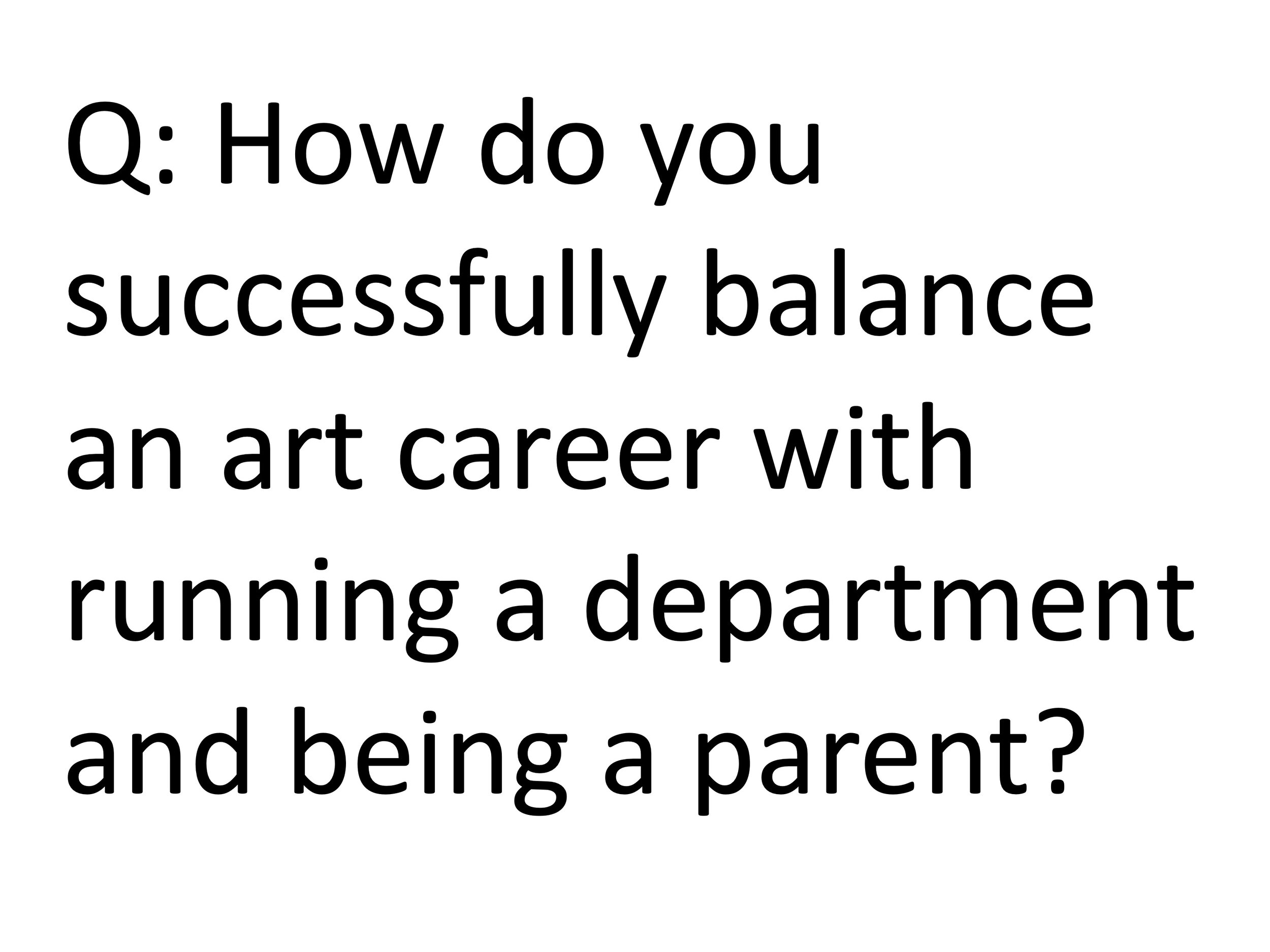
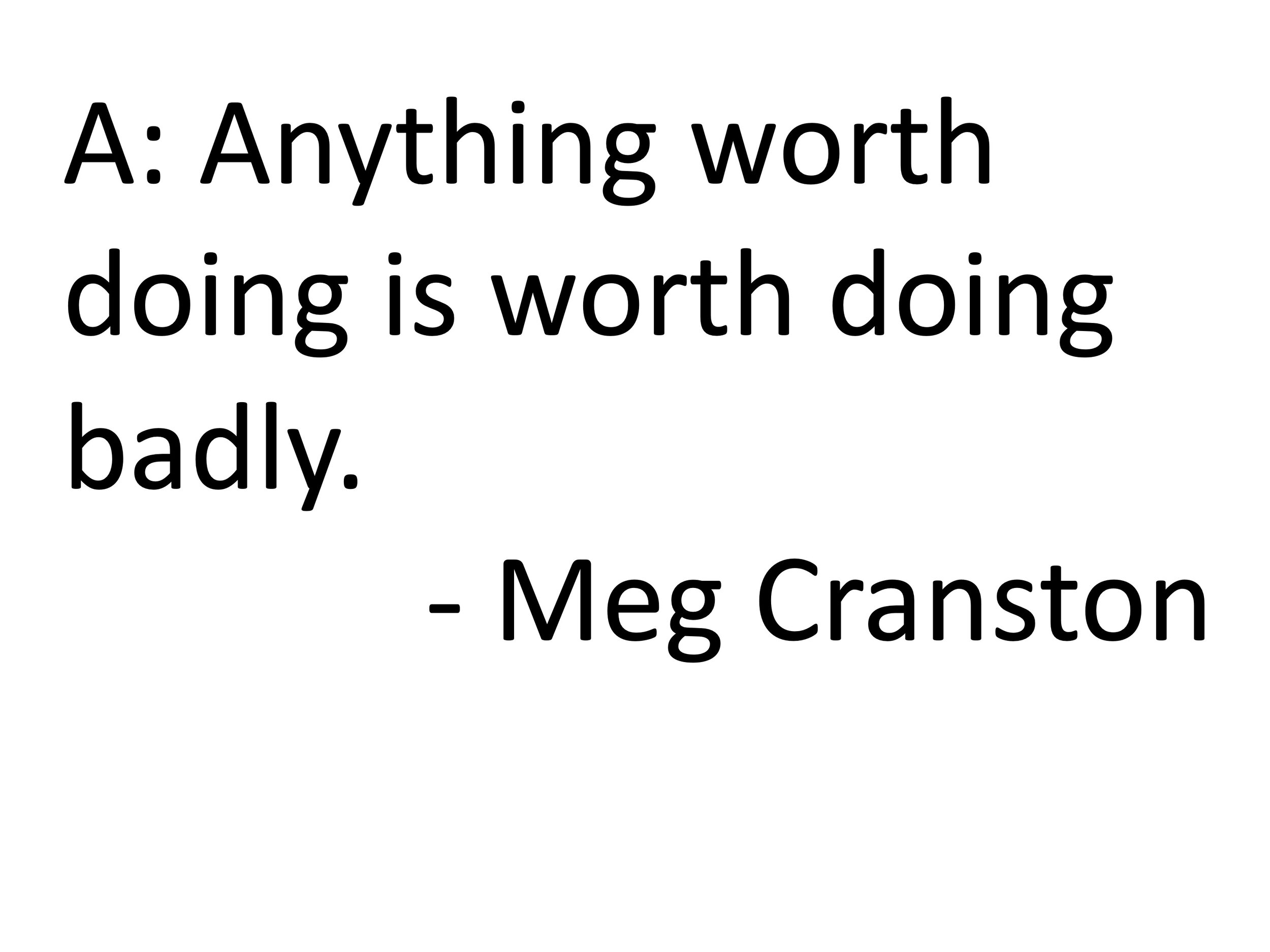
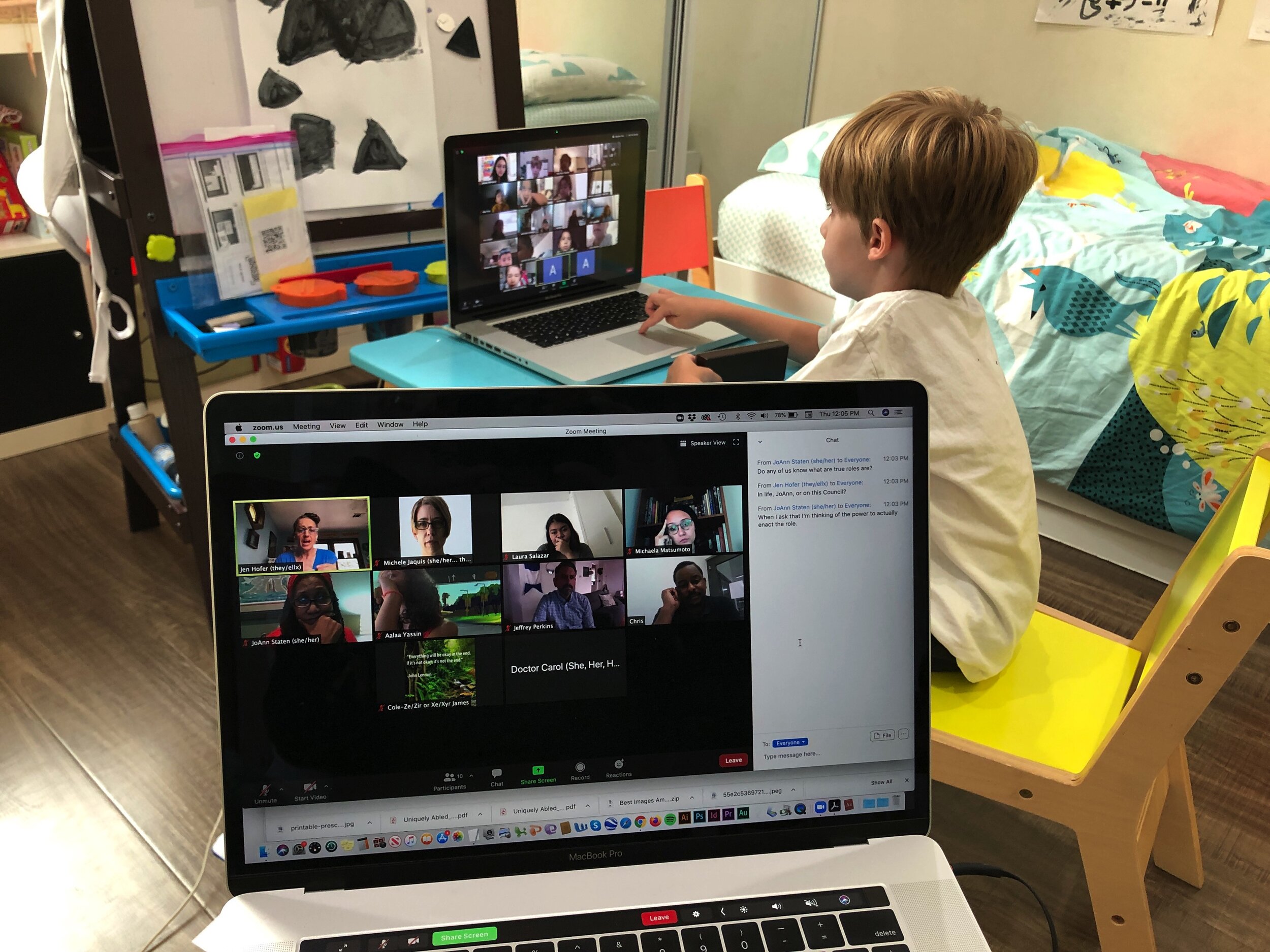

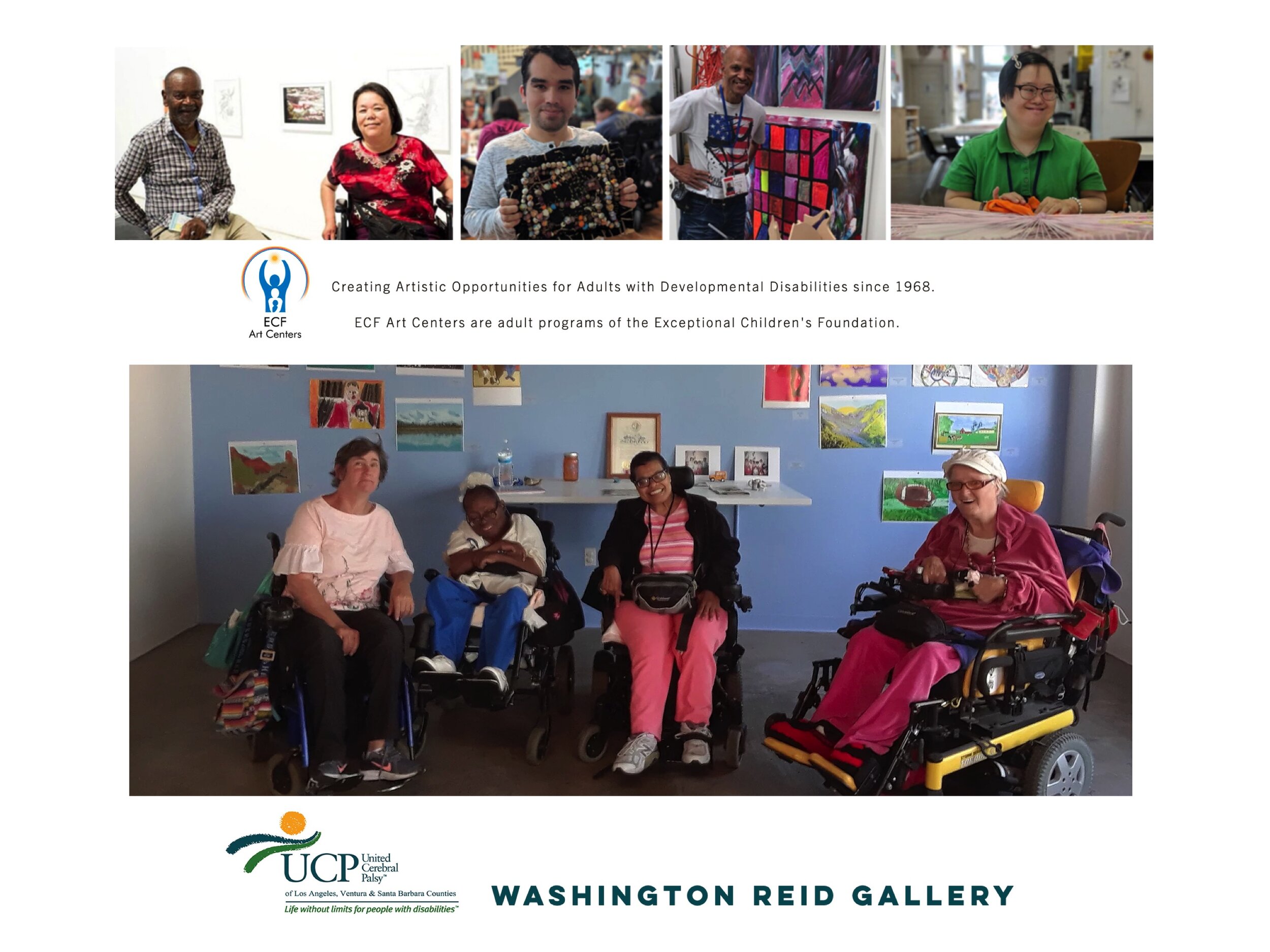
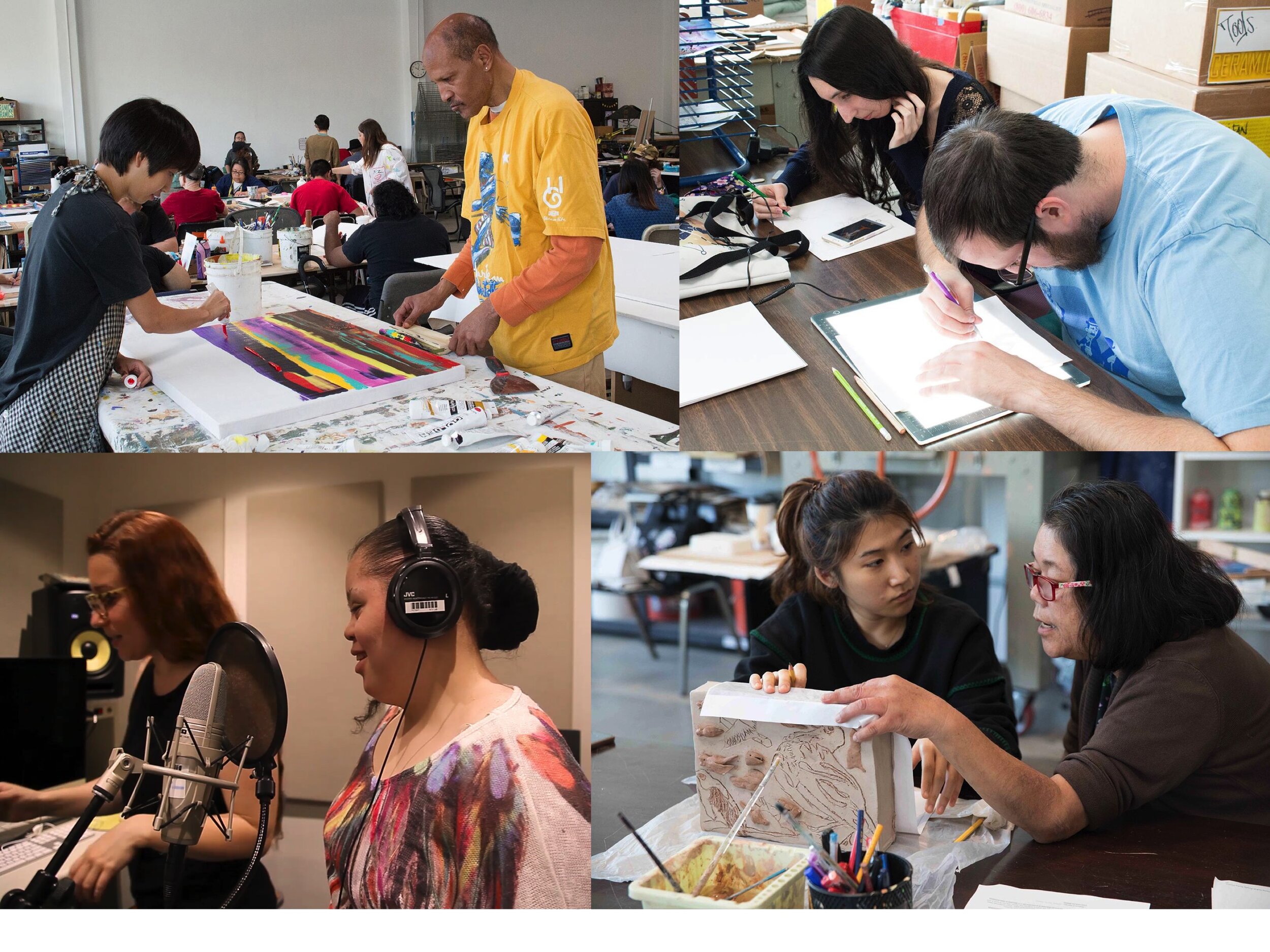
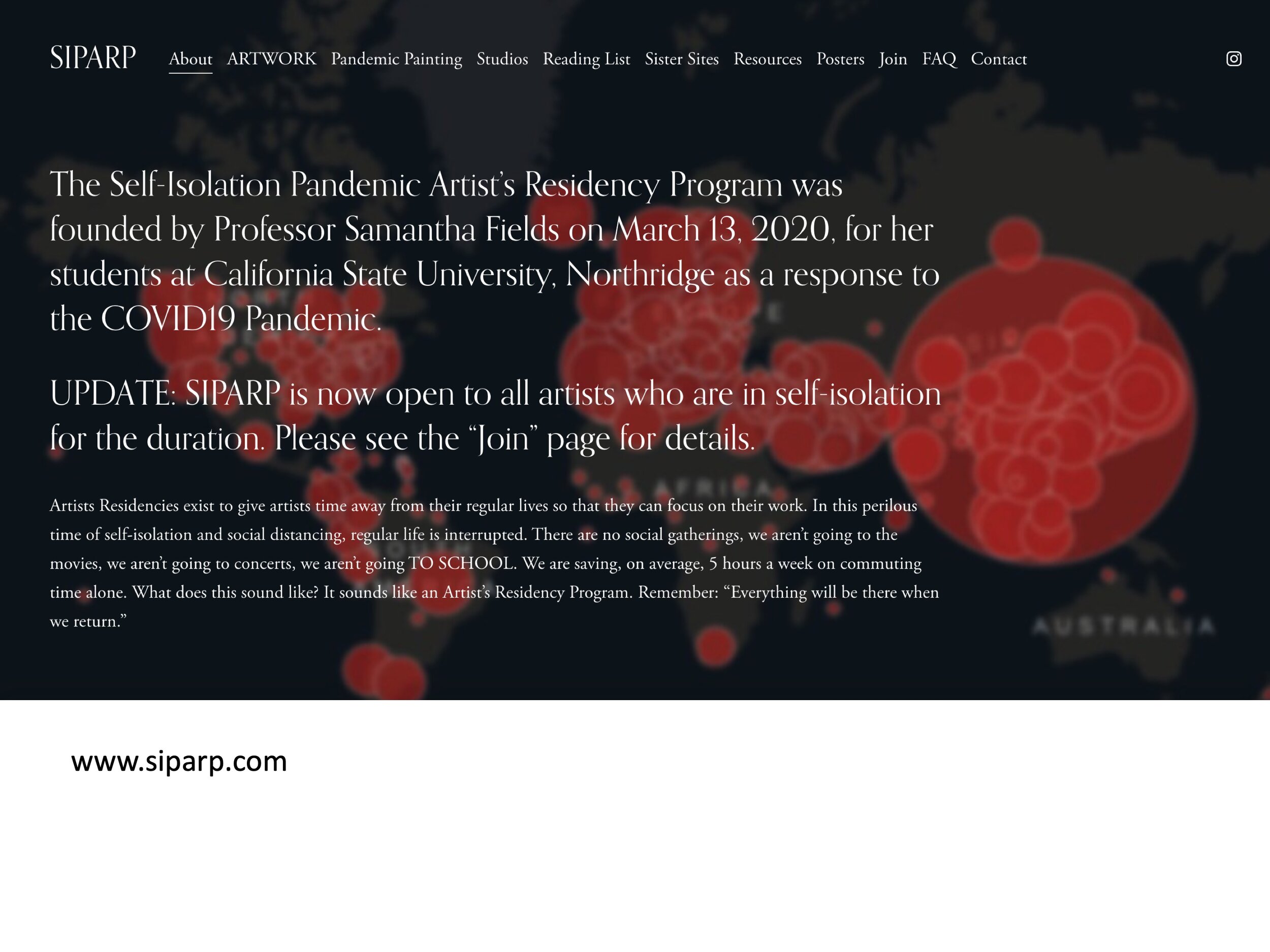
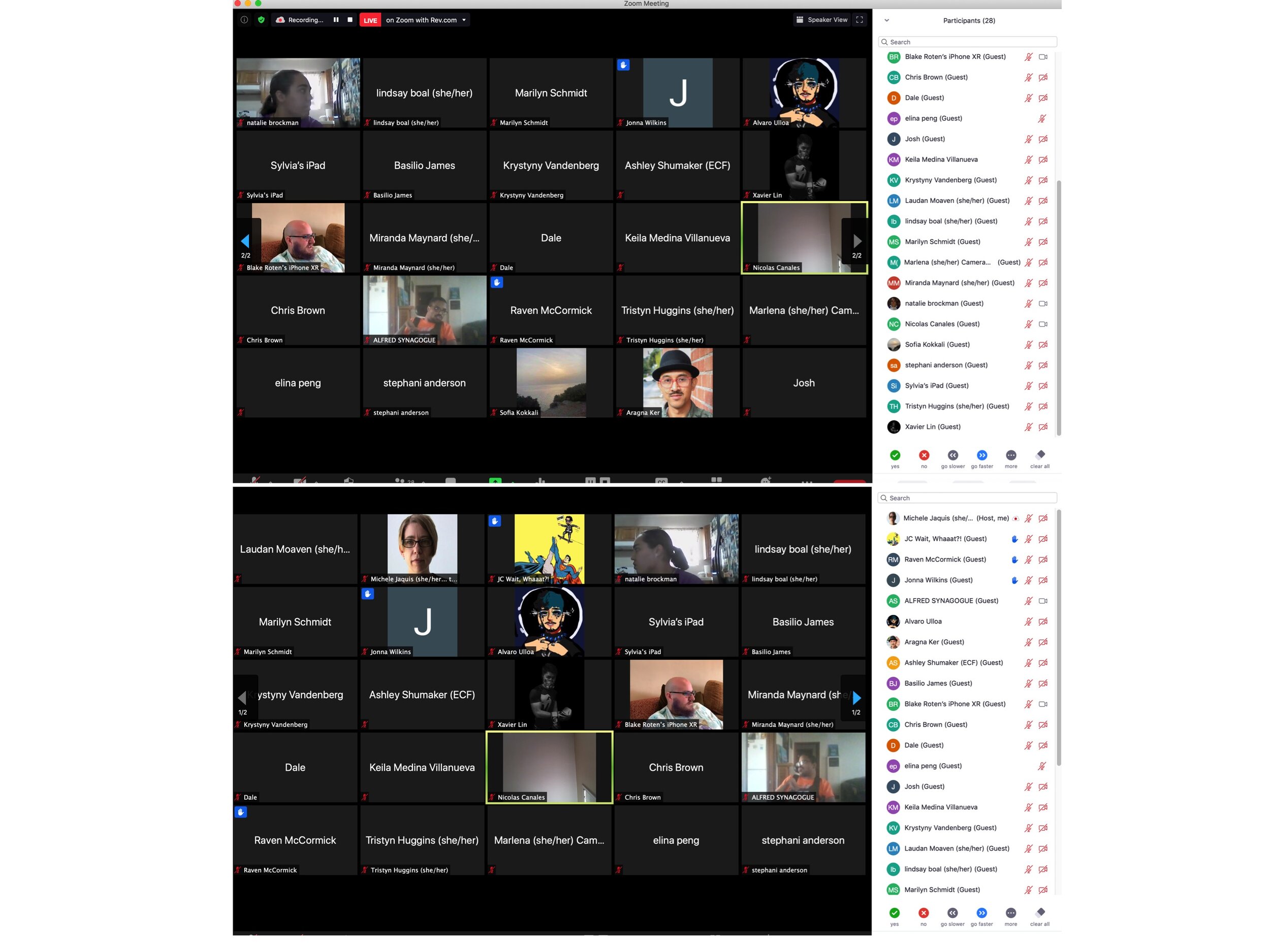






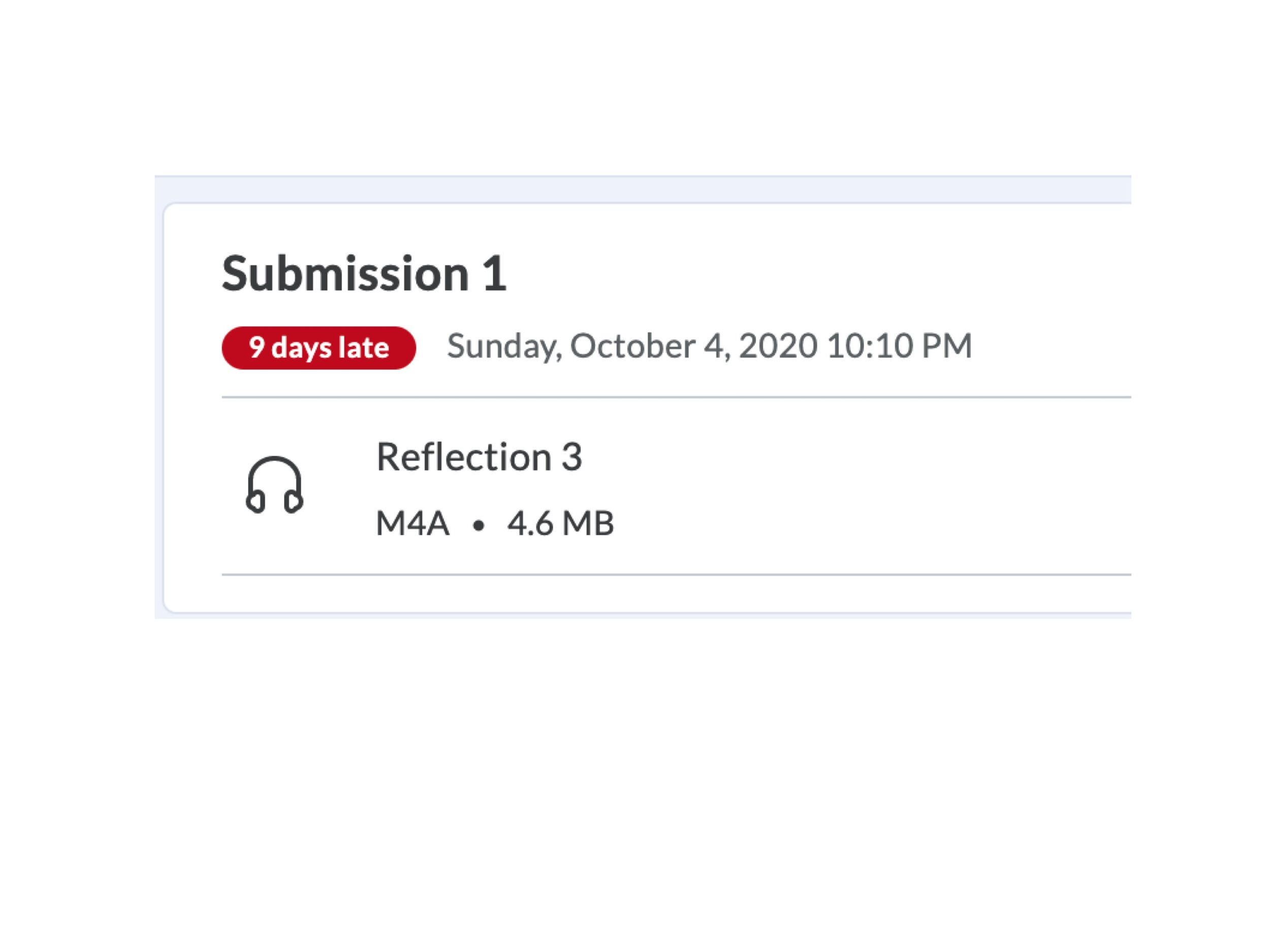

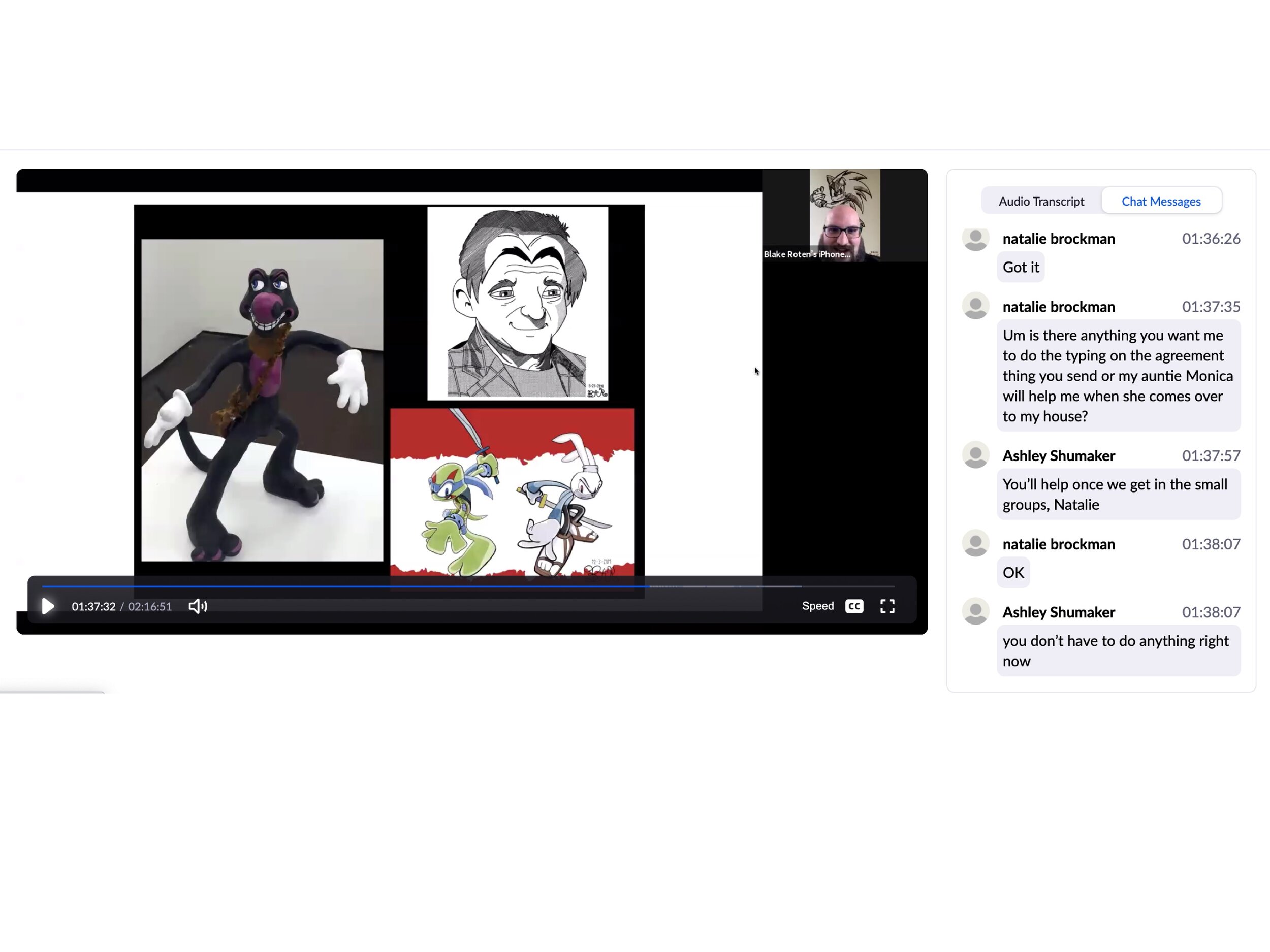
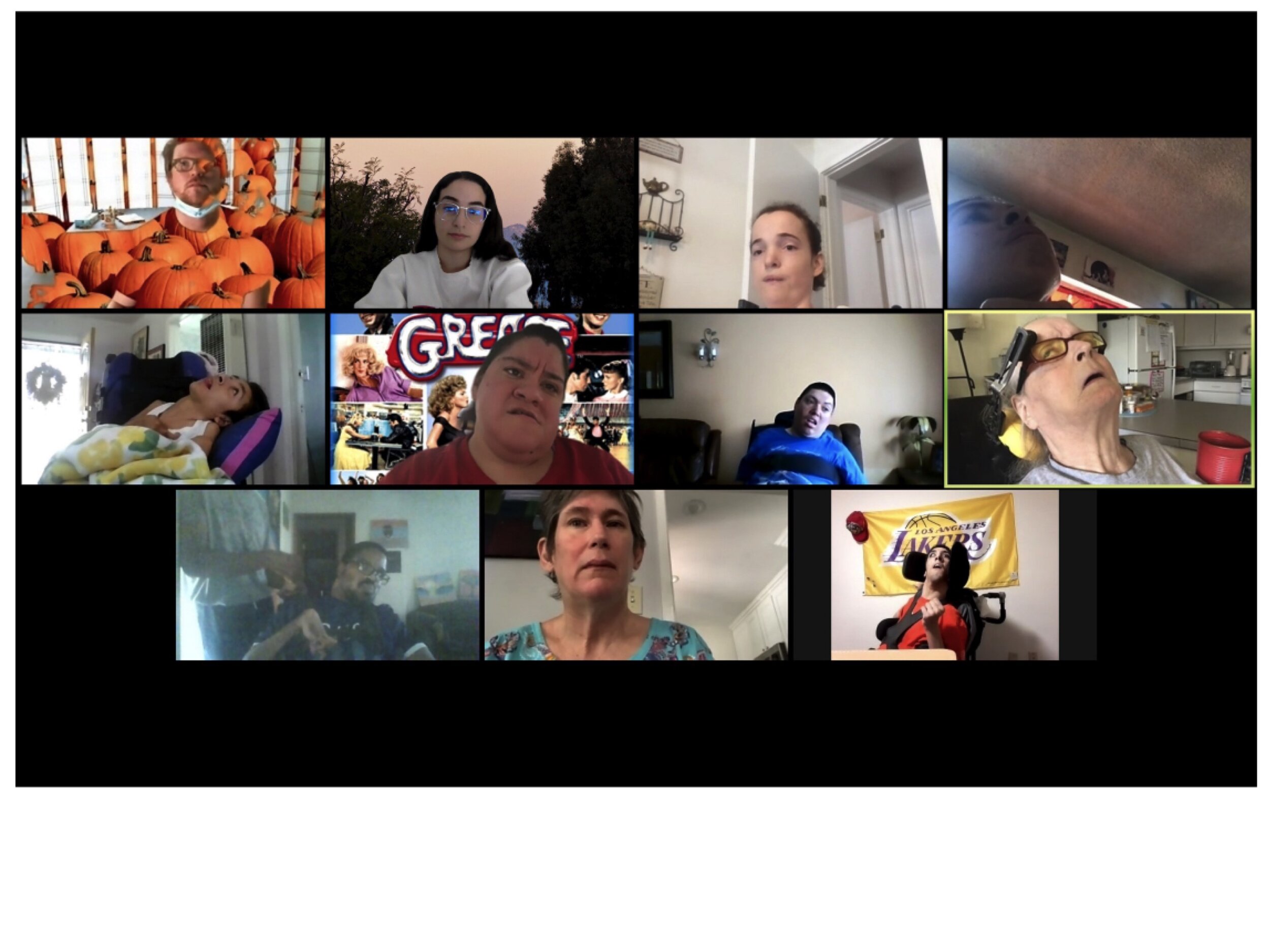
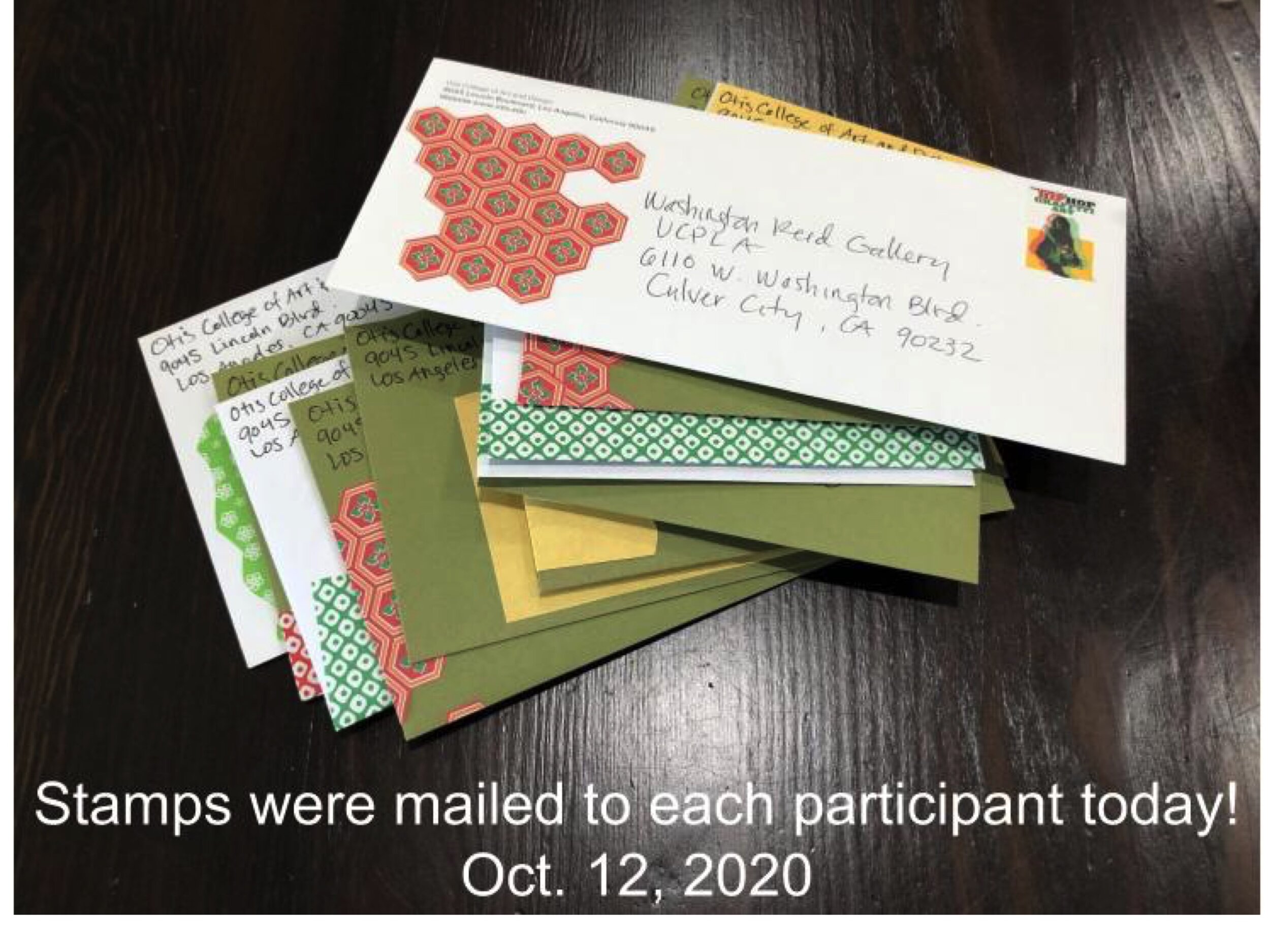
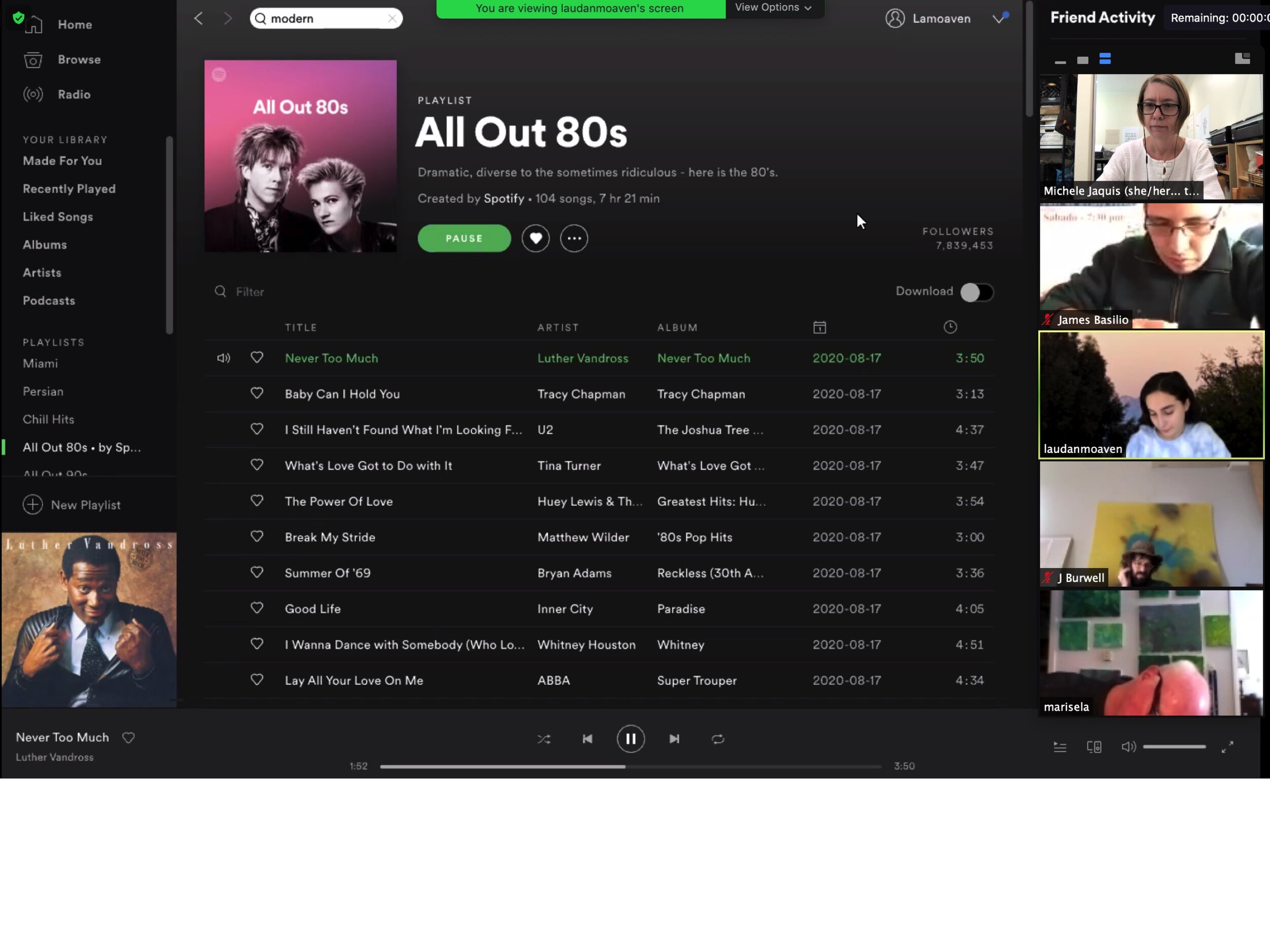
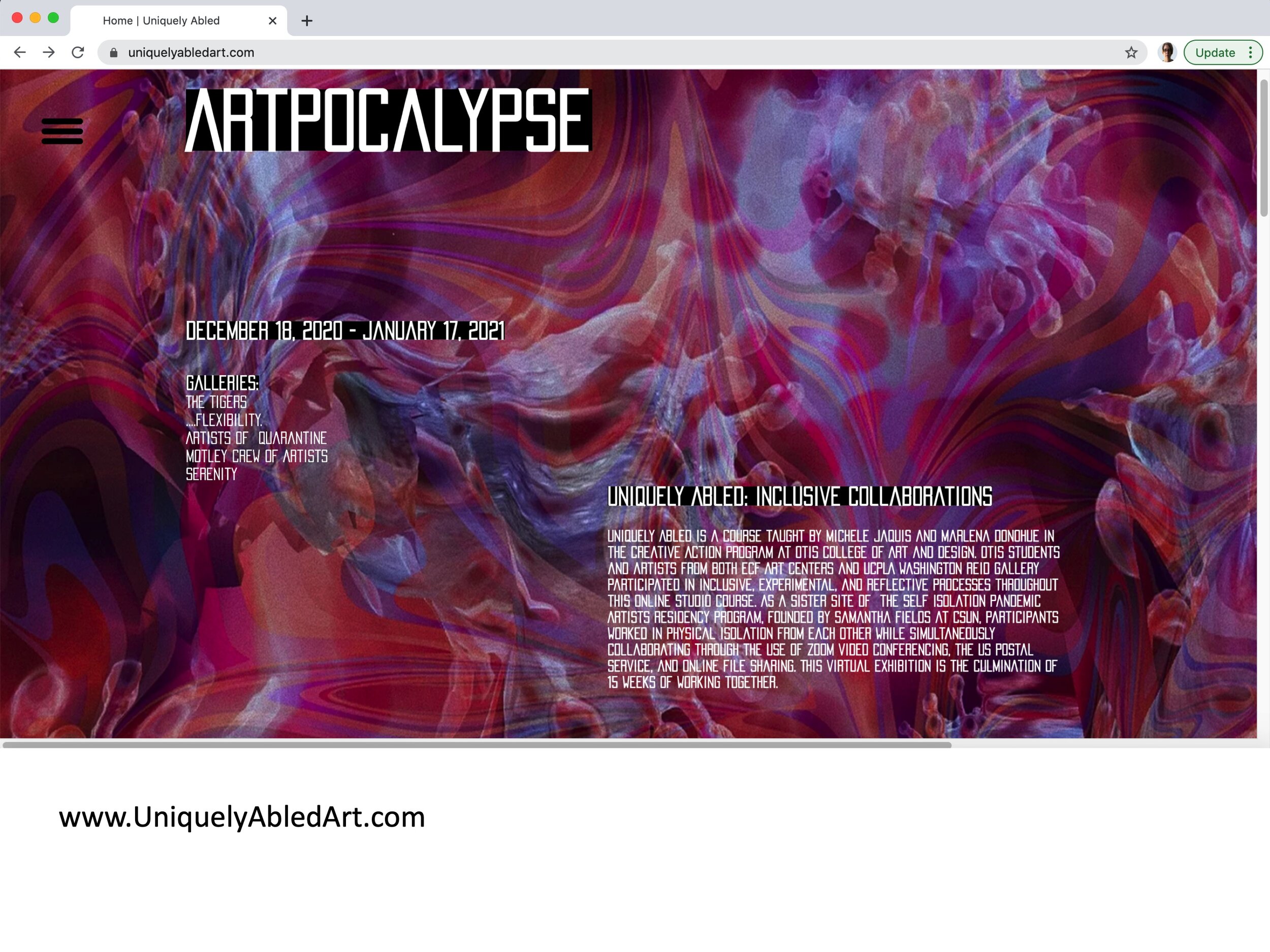
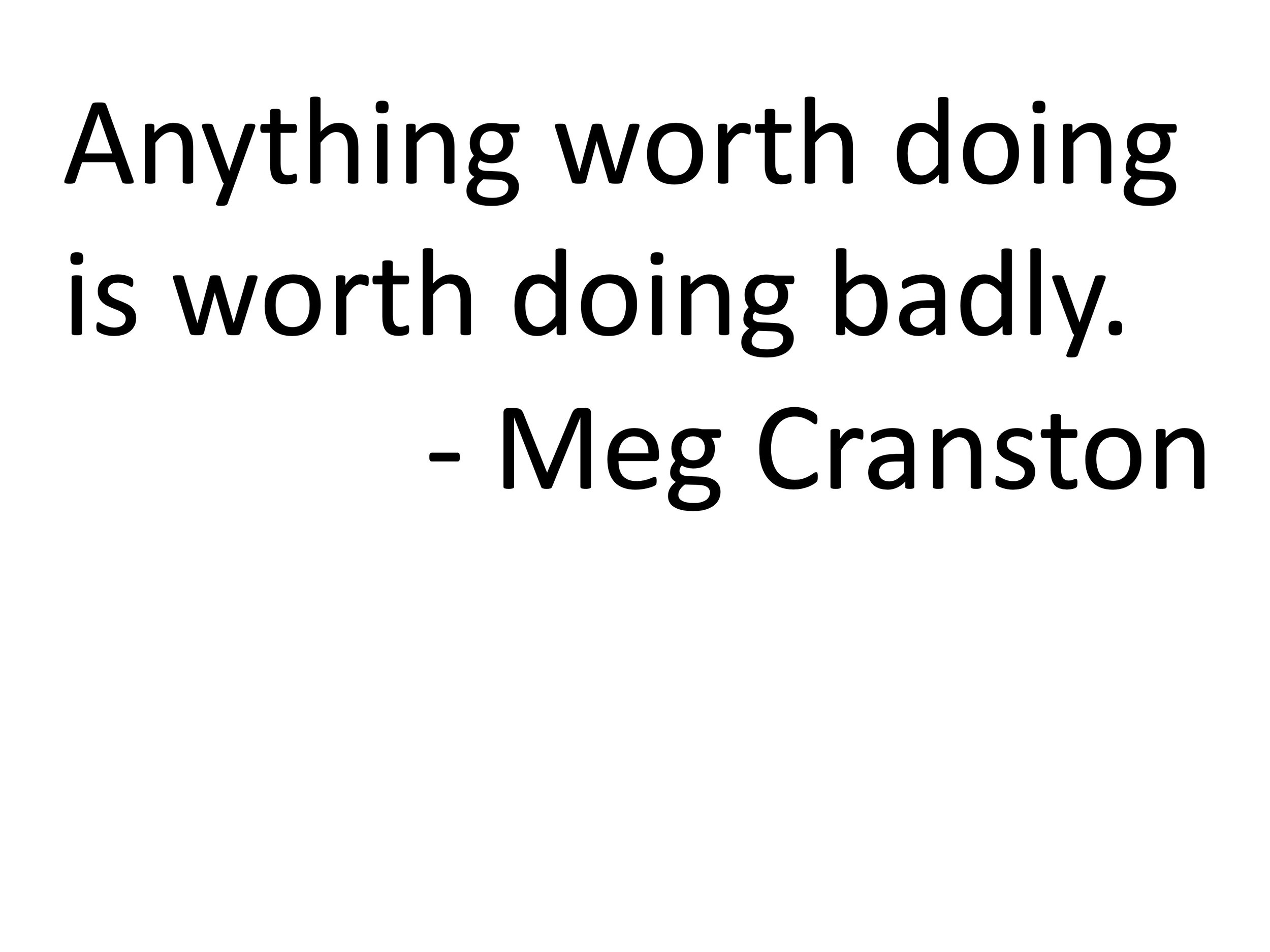
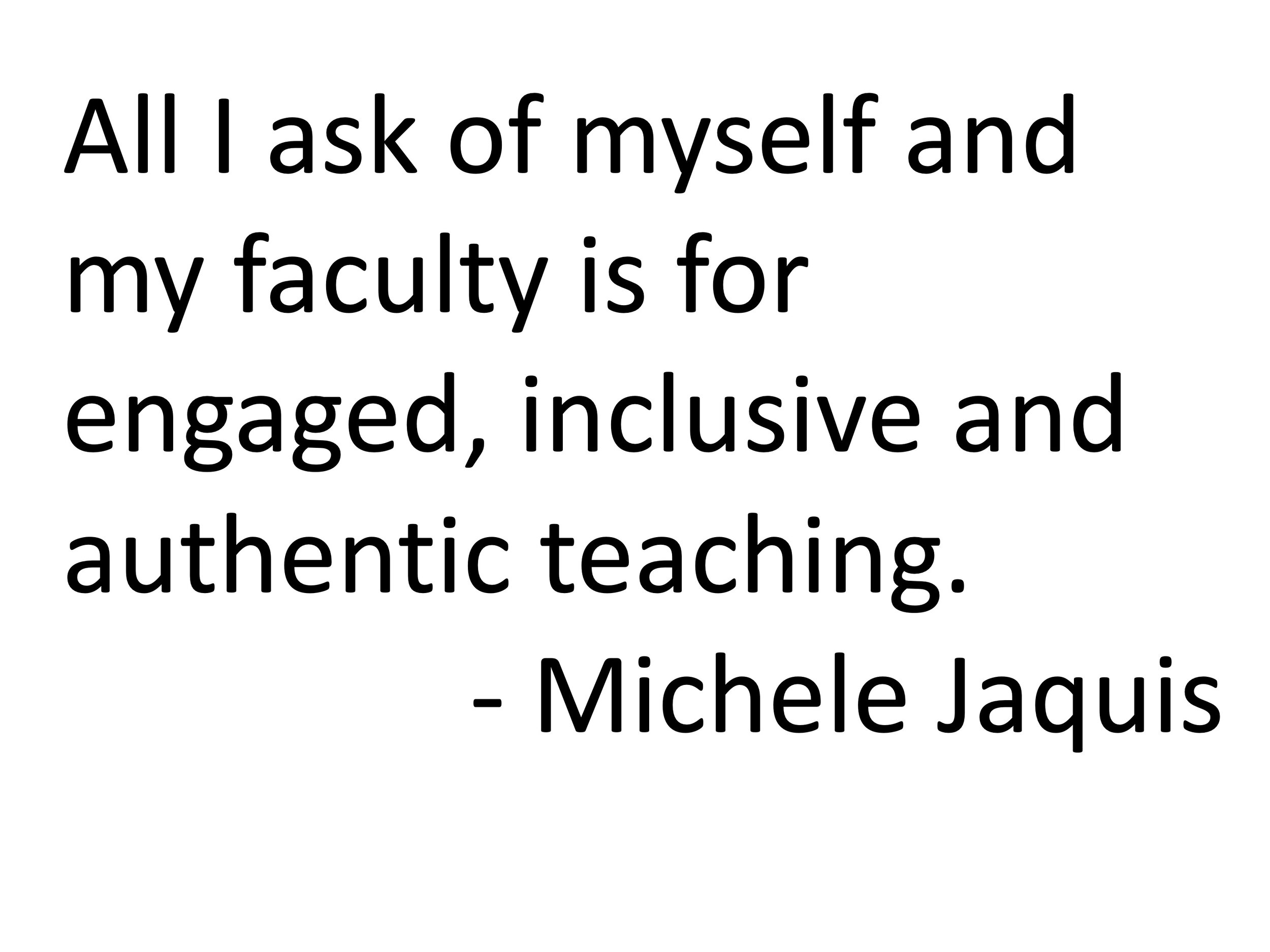
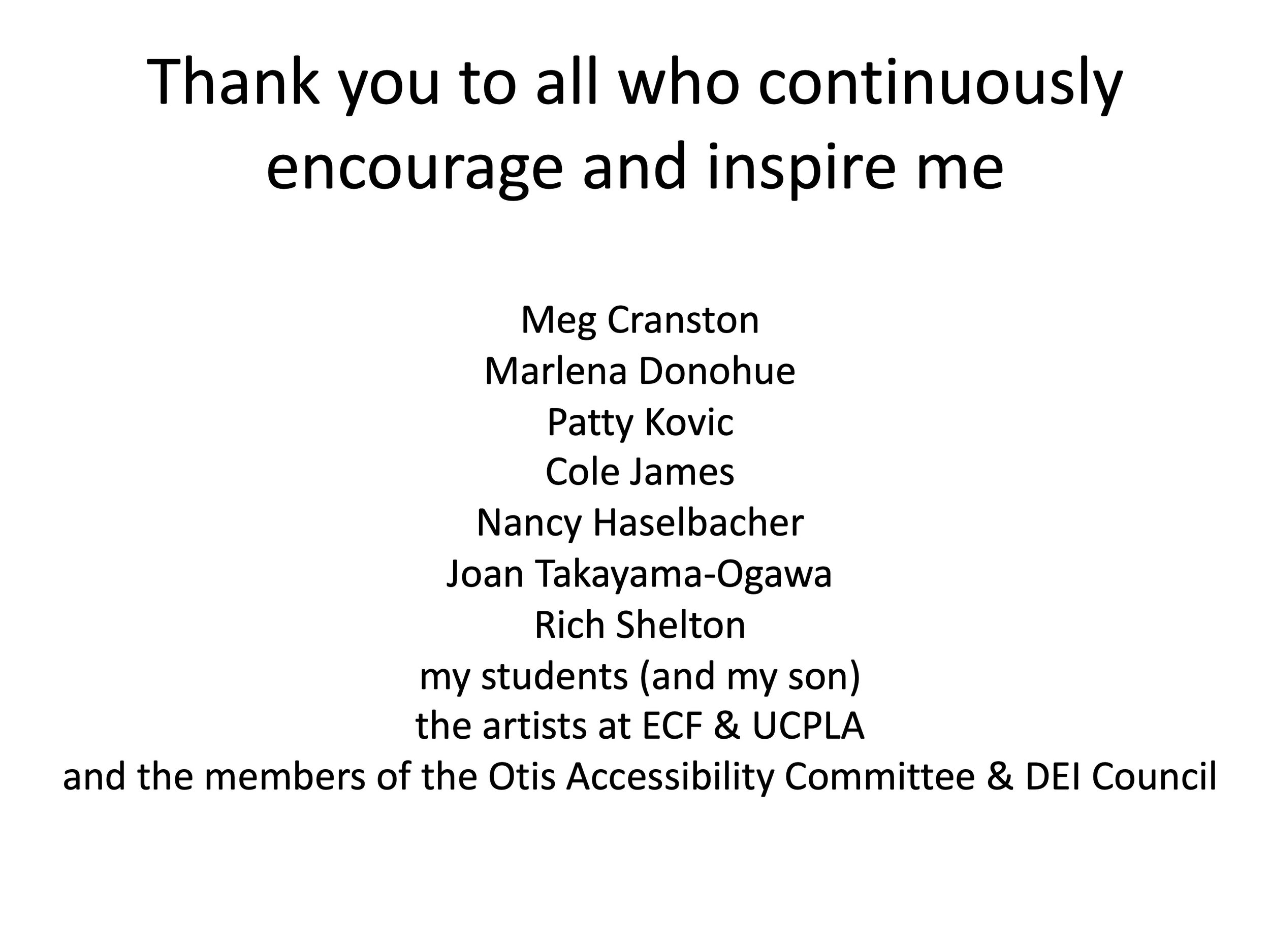
In 2014 when I was pregnant I pulled Meg Cranston aside after a Chairs Council meeting to ask her to lunch.
I needed to know… How do you successfully balance an art career, while running a department and parenting?
Meg told me “it's not that long of a conversation… Anything worth doing is worth doing badly.” At the time I had no idea what to do with that advice.
But when the pandemic forced us all to work from home and pre-K – 12th grade schools to close, I began to understand.
I considered not teaching in the fall. I was too overwhelmed by what felt like being half a person trying to do the jobs of three. But I didn’t want to let my course community partner down and with all the furloughs I was worried – what if I lose my job? I will never get another in academia without a full semester of online teaching experience. Anything worth doing is worth doing badly.
My fall Creative Action class Uniquely Abled partners with progressive art studios [ECF Westside Art Center and UCPLA’s Washington Reid Gallery] for adults with developmental disabilities including autism, down syndrome, and cerebral palsy. Marlena Donohue is the dedicated course Mentor [which essentially means we team teach, but I am the instructor on record].
The goal is not to design for people with disabilities, but instead to make art in collaboration across differences. It’s a balance of bonding over similar interests and forgetting about diagnoses, while simultaneously supporting a range of communication, physical and learning needs that anyone from Otis and our community partners might have.
As a collective we became a sister site of the Self Isolation Pandemic Artists Residency Program started by Samantha Fields at CSUN and we loved the idea of artists with disabilities infiltrating this normative space.
Each week we had 28 people on Zoom and it was beautiful chaos when everyone was visible and active in the chats. Unlike these screen-shots taken during a break.
So how did we make this inclusive? First I added everyone’s timezones in my phone so I was conscious of what time it was for each person in the class.
Closed captioning was installed on my Zoom account so it was automatic without anyone needing to request it.
We kept our Zoom meetings under two hours and utilized breakout rooms. Each room had a mix of participants from each site with one facilitator (myself, Marlena, our TA, or staff from one of the partners).
I mirrored the NEST [Otis College’s course management system] course content in Google Drive to allow for multiple access points to the course materials.
And provided in class demos and step by step visual instructions on how to access the drive from multiple devices. I also encouraged the use of peer assistance, so if you have trouble uploading something, just email it to someone else who can help.
The staff at UCPLA and ECF reported that my group emails to all participants outlining each week’s asynchronous work was too overwhelming for some of their clients, so instead I would cc only the staff who would then review the content on Mondays in one on one meetings.
Reflections on asynchronous work were accepted in written, audio or video format to allow multiple ways for participants to respond – this is also something I learned from Meg.
We slowed down. The participants spent two weeks drafting community agreements,
and two weeks sharing their prior work with each other.
Otis students joined Zoom workshops offered by ECF and UCPLA.
And everyone collaborated through mail art, digital file sharing and shared virtual studio time.
You can see their final projects at UniquelyAbledArt.com
It was a challenging semester, but this class was the highlight each week just to spend time with such compassionate and engaged artists - who were amused, not annoyed, by my son’s occasional interruptions.
I continue to go back to these words [Everything worth doing is worth doing badly] because sometimes remote working as an academic administrator without adequate childcare feels impossible. Sometimes making and teaching art and design online feels impossible. And sometimes focusing on DEI efforts in the microcosm of Otis while the world outside is falling apart feels impossible. But all of it is necessary and worth doing, even if sometimes I feel I am doing it badly. I hear faculty talk of the pressure they feel from chairs to be perfect. To deliver better online classes than the ones they taught in person. Instead I tell them of Meg’s advice. I see it as permission and forgiveness to skip a committee meeting [occasionally], to ask for and give extended deadlines, and to not hide our children behind Zoom backgrounds.
I don’t want perfection. All I ask of myself and my faculty is that we are engaged, inclusive and authentic in our teaching – with all the messiness that this entails.